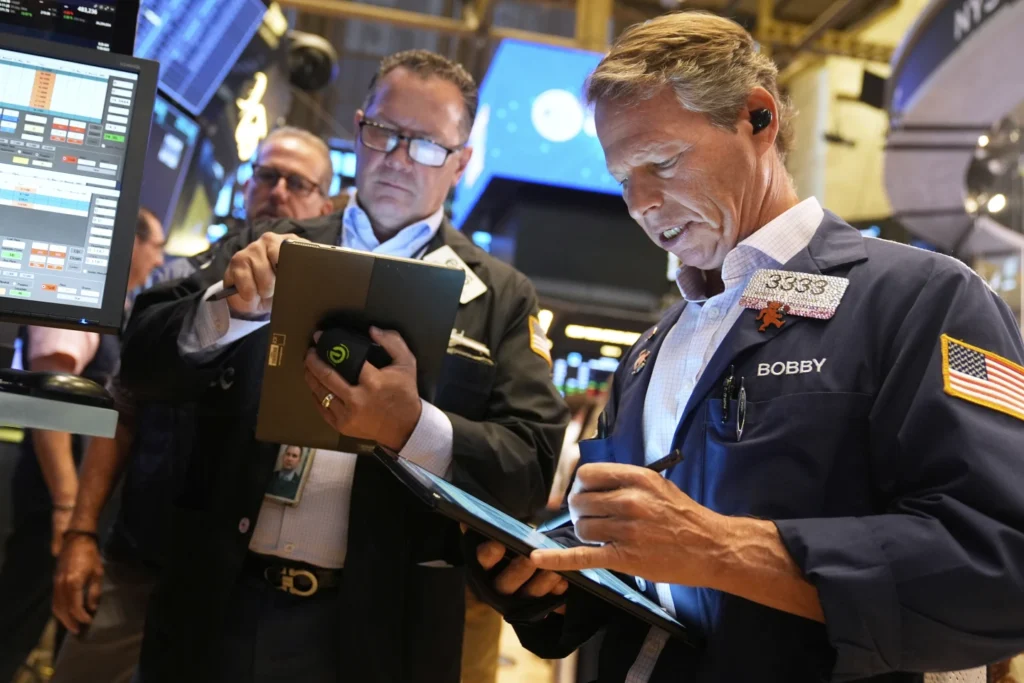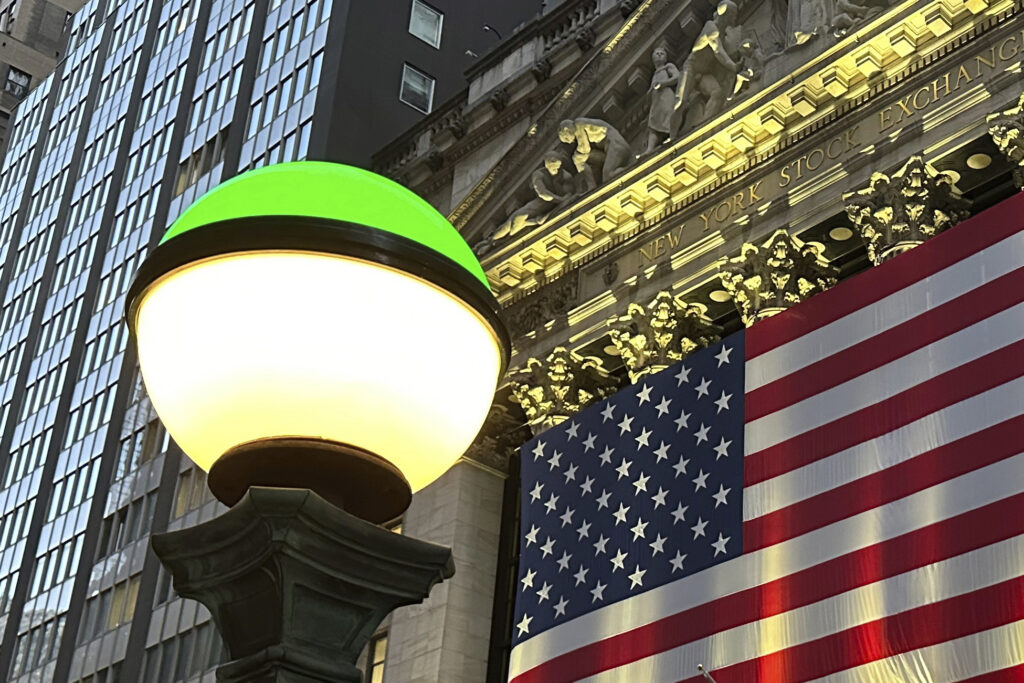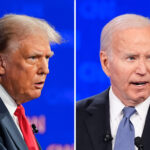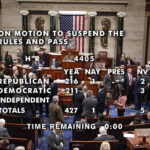US Markets Tumble on Tariff Fears and Weak Hiring/ Newslooks/ WASHINGTON/ J. Mansour/ Morning Edition/ Wall Street opened sharply lower after weak U.S. job numbers and sweeping new tariffs rattled investor confidence. President Trump’s new duties on dozens of countries fueled uncertainty across global markets. Falling bond yields signal increased expectations for a Federal Reserve rate cut in September.

Wall Street and Global Markets: Quick Looks
- S&P 500 drops 1%, Dow falls 383 points at open
- Nasdaq loses 1.4%, led by tech and healthcare pullbacks
- New jobs data disappoints, with only 73,000 added in July
- Trump imposes new tariffs, with Canada hit hardest at 35%
- Bond yields tumble, signaling bets on Fed rate cut
- European markets slide, DAX down 1.8%, CAC 40 sheds 2.1%
- Asian stocks also dip, South Korea’s Kospi plunges 3.9%
- Market analysts warn of rising global trade uncertainty
- Health care stocks drag down S&P, hit by White House pricing demands
- Crude oil prices slip, while U.S. dollar loses ground against yen
Deep Look: Markets React to Weak Hiring and Tariff Surge as Volatility Returns
NEW YORK (AP) — Wall Street opened on a sour note Friday, rattled by a dual dose of negative economic news: disappointing hiring data and a sweeping new wave of tariffs from President Donald Trump that threaten to reshape global trade flows.
The S&P 500 dropped 1%, while the Dow Jones Industrial Average shed 383 points (0.8%) and the Nasdaq Composite fell 1.4% in early trading. The weak employment report, showing just 73,000 jobs added in July, prompted investors to increase expectations of a September interest rate cut by the Federal Reserve.
Bond yields fell sharply, with the 10-year Treasury note dropping as investors fled to safety. The latest economic signals underscore concerns that Trump’s aggressive trade stance could slow growth further.
Trump’s Tariffs Hit Global Nerves
Trump’s late-night order on Thursday raised import tariffs to as high as 41%, targeting dozens of countries, with Canada slapped with a 35% rate. The administration also confirmed a baseline 10% rate on most global trade partners, calling the move a “structural rewrite” of U.S. trade policy.
“This wasn’t just an update — it was a seismic shift,” said Stephen Innes of SPI Asset Management. “The average U.S. tariff just jumped from 13.3% to 15.2%.”
The White House said the new rates will take effect August 7, injecting a fresh wave of uncertainty into the markets, which were already wary of inflationary pressures and slowing consumer demand.
Global Markets Follow Wall Street’s Slide
Global investors reacted swiftly. European markets were deep in the red:
- Germany’s DAX fell 1.8%
- France’s CAC 40 shed 2.1%
- UK’s FTSE 100 dropped 0.6%
In Asia, the fallout was just as sharp:
- South Korea’s Kospi plunged 3.9%, with Samsung Electronics sliding 3.5%
- Japan’s Nikkei 225 fell 0.7%, as officials watched for U.S. trade action
- Hong Kong’s Hang Seng dropped 1.1%, and Shanghai Composite lost 0.4%
- India’s Sensex dipped 0.7%, and Taiwan’s TAIEX slipped 0.5%
“Markets are searching for clarity, but these rapid policy shifts are only producing confusion,” said Stephen Brown of Capital Economics. “It’s unlikely this is the final chapter, and courts may still weigh in.”
Investors Flee Risk as Labor Market Cools
Friday’s jobs report showed a sharp slowdown in U.S. hiring, compounding investor worries about the economy’s momentum. July’s gain of just 73,000 jobs follows heavy downward revisions to May and June’s payrolls, erasing 258,000 jobs previously reported.
The unemployment rate ticked up to 4.2%, its highest level since 2021. With hiring slowing and tariffs rising, fears of a policy-induced downturn are growing.
“The bond market is flashing warning signals,” said Adam Schickling, senior economist at Vanguard. “Falling yields suggest the market expects the Fed to cut rates soon.”
Fed in Focus as Rate Cut Bets Rise
The Federal Reserve has held interest rates steady this year, but the twin pressures of tariff inflation and labor market cooling could force action. Markets are now pricing in a 70% chance of a September rate cut, according to CME Group data.
Trump, meanwhile, continues to pressure Fed Chair Jerome Powell to slash rates, calling him “stubborn” on Truth Social and urging the Fed board to intervene.
Sector Spotlight: Health Care and Tech Struggle
Health care stocks were the biggest losers in Thursday’s trading and continued to slide Friday:
- UnitedHealth Group dropped 6.2%
- Bristol-Myers Squibb slid 5.8%
- Eli Lilly lost 2.6%
The drop followed White House letters to pharmaceutical companies demanding lower drug prices and cost transparency within 60 days.
Big tech stocks, which led a brief rally earlier in the week, also saw pullbacks as investors rotated out of growth stocks amid renewed uncertainty.
Oil, Currency and Commodities Roundup
- U.S. crude fell $0.70 to $68.56/barrel
- Brent crude declined $0.69 to $71.01/barrel
- Dollar fell to 150.30 yen from 150.77
- Euro ticked up to $1.1418
Commodity traders are watching closely to see whether tariffs on raw materials and components will push up production costs, especially in automotive, tech, and construction sectors.







